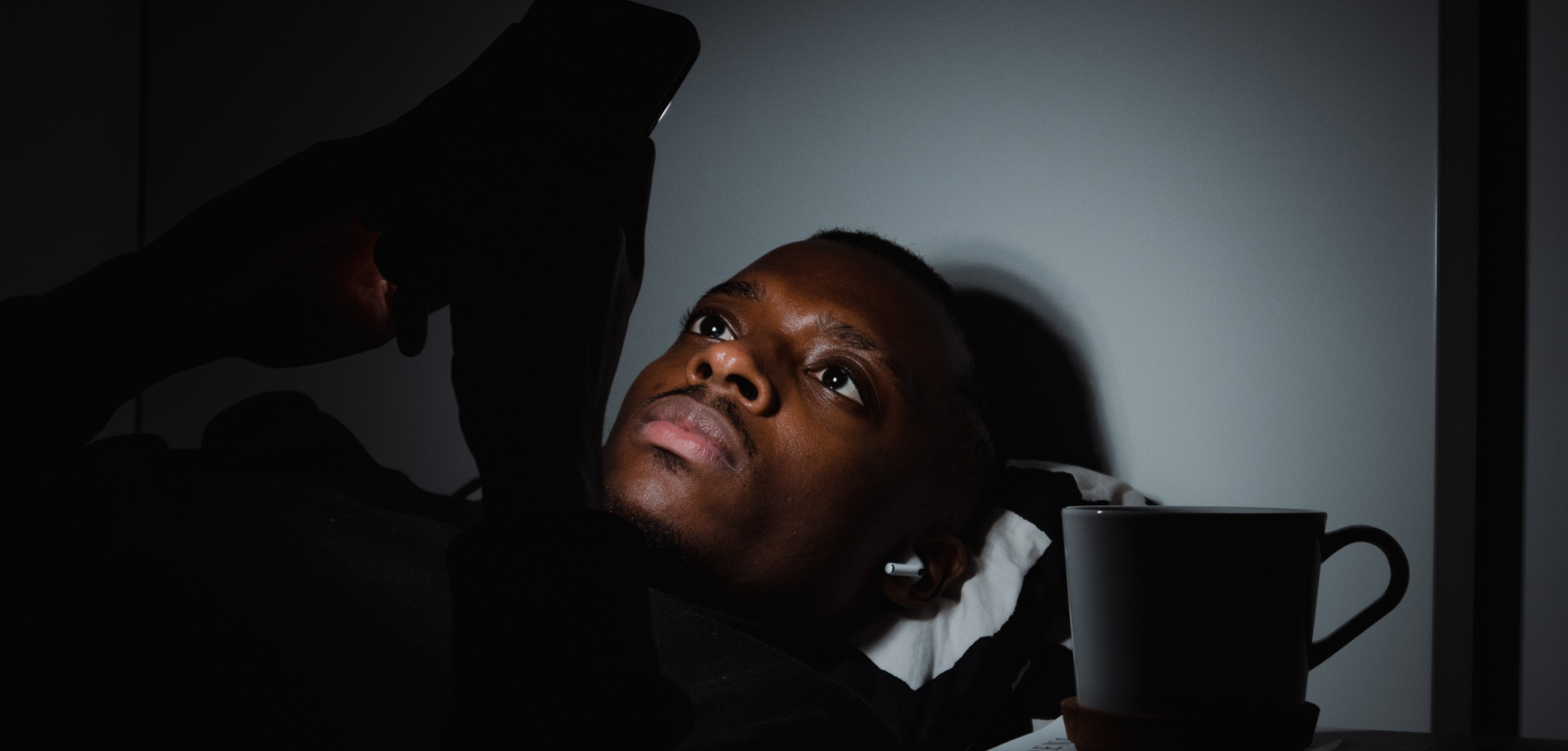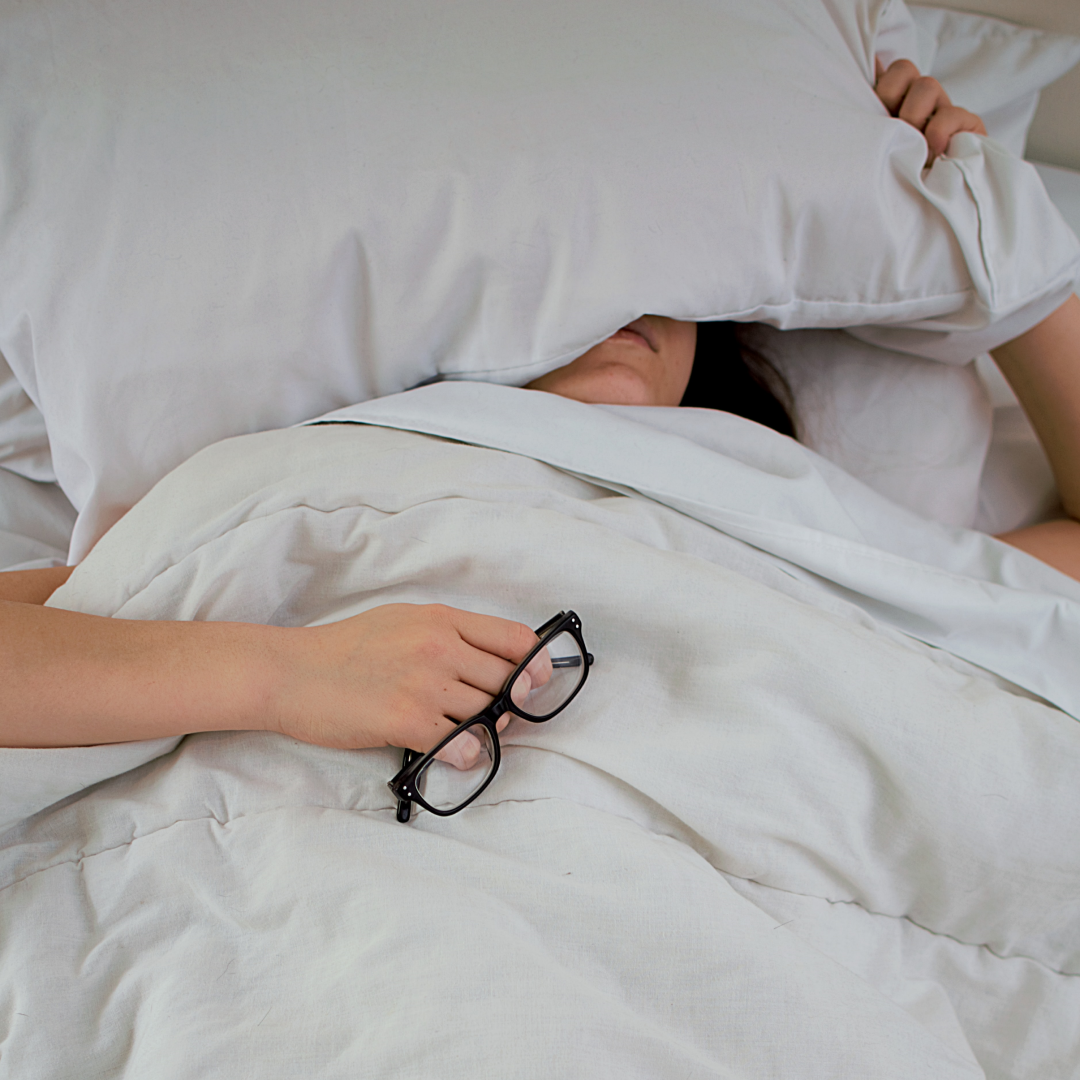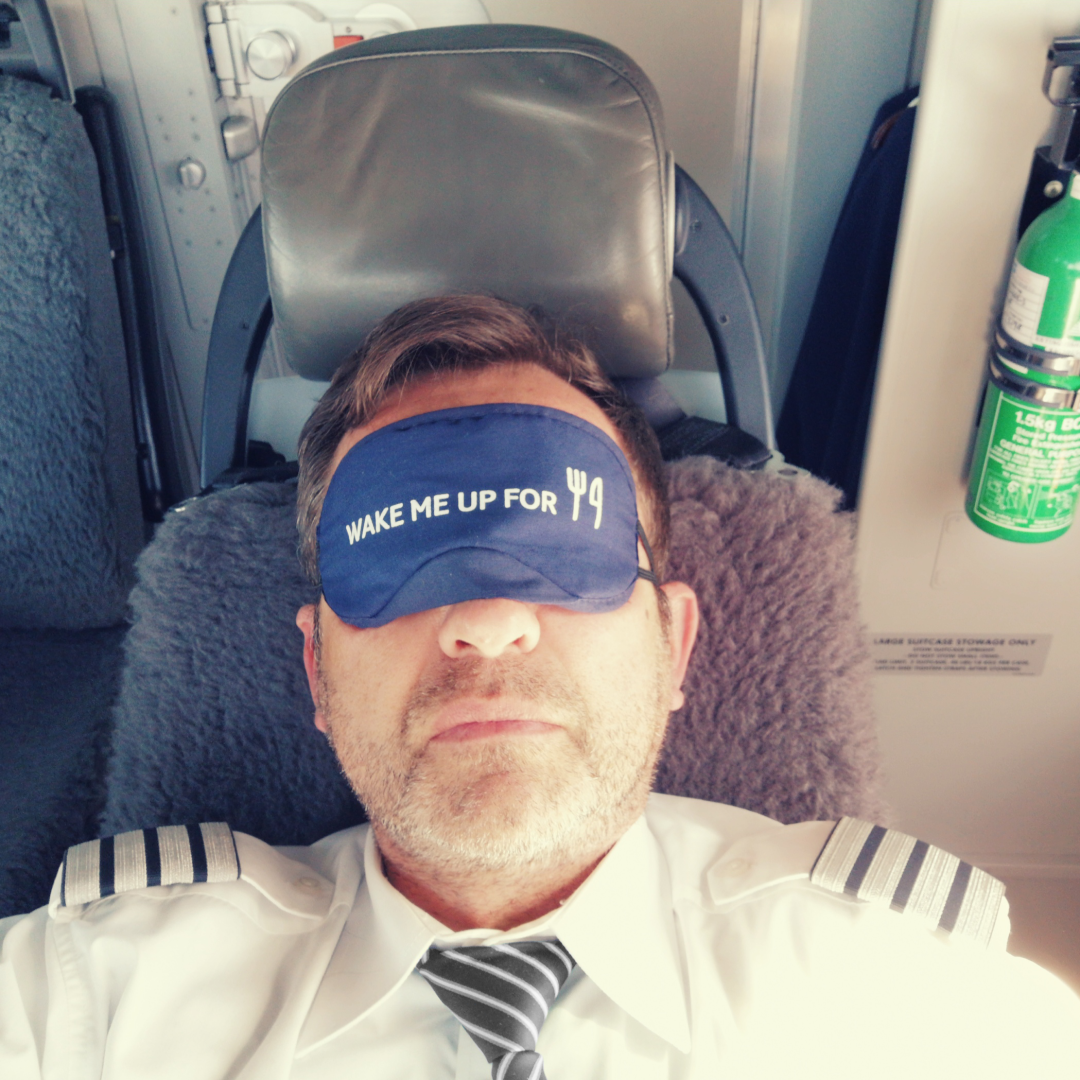
The world after corona is not the less hectic world we have known during the lockdowns and we may have imagined as the new world. On the contrary, many of us want to make up for lost time with family and friends, and the economy can’t keep up with demand either. The combination of a busy private life and the 24/7 nature of commercial aviation makes crew members more susceptible to fatigue and potentially endangers the safety of the flight.
Your Flight Schedule
Fatigue is a universally recognized problem in aviation, and has contributed to many aviation accidents. Research on the consequences of flight crew fatigue on the safety of civil aviation [ ⇑ ] shows performance degradation in reaction time, flying skills and decision making.
Flight schedule planning has a major impact on the fatigue of the individual crew member. This responsibility lies primarily with the company. Airlines should avoid crafting rosters like a calculator, using maximum legal duty time and minimum required rest time. Airlines must provide sufficient recovery time after a busy week, and be aware of the fatigue involved with crossing time zones.
Until a few years ago, the airline industry was addressing crew fatigue by implementing duty and rest scheduling guidelines in line with the aviation regulations. Today, many airlines use Fatigue Risk Management Systems (FRMS) [ ⇑ ] to monitor crew fatigue. This specialized data-driven software takes into account the crossing of time zones, the combination of early and late flights and the human circadian rhythm. Schedules that indicate a high fatigue risk score are reviewed and adapted.
Fatigue is not only the responsibility of the employer. In addition to personal health and a balanced social or family life, crew members must also take adequate rest prior to operating a flight. Crew members should not hesitate to submit a fatigue report if they experience or anticipate severe fatigue during a flight or series of flights. An open company culture without too many sanctions is an important cornerstone in this respect.
Fatigue and Sleepiness are different things
Fatigue is characterized by a feeling of extreme tiredness, lack of energy, and difficulty concentrating. You are tired after a long day of work. Your head is full and you can’t concentrate anymore. You don’t solve fatigue with a power nap. Instead, you should charge your batteries by taking a walk or doing sports.
Sleepiness, or drowsiness, is the feeling that you could fall asleep at any time and that you have trouble staying awake. This can happen during the flight, but also after the flight in the car on the way home. Or in the classroom during a ground course, or during a boring meeting.
Many people turn to caffeine, energy drinks, or even stimulants to combat fatigue and drowsiness. But these solutions only have a short effect, often with negative side effects. A new trend where you combine caffeine and a power nap, appears to have a positive effect. Read on to discover more about the “Coffee Nap“.
Sleep Hygiene
A good night’s sleep is very important for everyone. You have impact on a number of factors, such as the hardness of your mattress and pillow. In some hotels you can call housekeeping and ask for a harder or softer pillow. Some colleagues even bring their own pillow for a crew stopover.
Other factors, such as noise nuisance, are beyond your control. If you use earplugs, it’s best to use your wristwatch as a vibrating alarm clock to make sure you don’t oversleep.
An important contribution to a good night’s sleep is actually the period leading up to the night, the so-called “Sleep Hygiene“. In today’s society with mobile phones and social media, it is very difficult to wind down and mentally prepare for sleep. FOMO, the Fear Of Missing Out [ ⇑ ], drives us to check messages and notifications, even when we’re already in bed. And often we drink alcoholic or sugary drinks until late at night.
Based on the above, achieving optimal rest appears to be largely our own responsibility. Here are some tips to improve your sleep hygiene:
5 tips for a better Sleep Hygiene
- Avoid alcoholic drinks
Alcohol can help you fall asleep right away, but it disrupts the quality of your sleep. The net result is an inferior night’s sleep.
- Avoid caffeinated drinks
Caffeine will keep you awake. Most experts recommend to quit caffeine eight to six hours before bed time.
- Do not smoke just before going to sleep
Some people can sleep better if they light a cigarette just before going to sleep. Nicotine can help relieve anxiety and stress, making you more relaxed to fall asleep. But nicotine is also a stimulant that can cause insomnia and other sleep problems. Again, the net quality of sleep is usually lower.
- Do not use mobile devices in bed
All sleep experts recommend unplugging an hour before going to sleep. Blue light from the screen disrupts our sleep-wake biorhythm. If you really can’t resist the temptation, like many of us, set the screen at least to dark theme. But it’s not just about the blue light, it’s also about the many digital stimuli we absorb. These messages prevent our brain from relaxing and preparing for sleep.
- Cool down the room, but keep your feet warm
It may not sound appealing, but consider wearing stockings if you have cold feet in bed. To fall asleep, your brain must first lower your body temperature. But as long as your cold feet send a signal to heat, your brain cannot initiate the body’s cooling down. Keeping the room cool helps your body with its natural thermoregulation and ensures a good night’s sleep. Sleep experts recommend a bedroom temperature of about 18 degrees Celsius / 65 degrees Fahrenheit.
Dealing with Jet Lag
Jet lag occurs when we travel across multiple time zones, resulting in a disruption of our normal sleep pattern. The body’s internal “biological clock” is out of sync with the new time zone. Symptoms of jet lag include difficulty falling or staying asleep, fatigue, difficulty concentrating and may also lead to digestive problems. These symptoms can last for several days and can significantly affect your ability to function normally during the trip.
Airline crew members are particularly susceptible to jet lag due to the frequent time zone changes and irregular sleep patterns that are often part of our job. There are several strategies that can help minimize the effects of jet lag. We are outlining a few of them:
5 tips to deal with Jet Lag
- Prepare before you travel
One of the most effective strategies is to gradually adjust to the new time zone before your trip. You can do this by gradually shifting your sleep schedule by a few hours each day in the days leading up to your trip.
- Stay in Home Base time (for short stops)
If you are scheduled for a short layover under 36 hours, it is best to keep your body’s internal clock in the time zone of the home base. For sure, this is not always easy. But you may opt for a light meal instead of a heavy meal, when your biological clock is actually still set to 3 a.m. home time. If you If you feel tired, try to sleep at the hours you would sleep at home, rather than following the local day/night rhythm.
- Adapt quickly to your new time zone (for longer stops)
If you have a longer stay in outstation, it is best to immediately adapt to the local time. Travelling to the West, this means that you would extend the day with a couple of hours. Flying to the East, you may have to shorten your day, or – in the event of a night flight – skip the night and make it a very long day.
- Sleep as much as possible
While this can be difficult due to irregular flight schedules, it’s important to try to get as much rest as possible to help your body adjust to the new time zone.
- Consider using natural remedies
Melatonin and herbal remedies, such as valerian root and chamomile, can be effective in reducing jet lag. Melatonin is a hormone that helps regulate sleep. Use these substances only when necessary, such as a transatlantic crossing. There is an increased risk of side effects with long term use. Consult your doctor for prolonged use and address the underlying cause of your sleep problems.
Take a Power Nap
A power nap is a short 20 minute nap during the day to boost your energy and alertness. When our body is tired, it produces the hormone adenosine, which makes us sleepy. A power nap allows our body to rest. This will decrease the levels of adenosine in our system, leading to a feeling of increased alertness and energy.
A power nap is not a siesta. The latter is actually a part of your normal night’s sleep pattern. A power nap is something that you cannot plan in advance. Instead, a power nap is a last minute decision that you take when the drowsiness suddenly sets in.
Power naps are an effective way to combat drowsiness and improve cognitive function. Studies indicate that a power nap increases productivity and flight safety. Power naps have also been shown to help with mood and reduce feelings of stress. However, don’t take a nap when you’re tired from a long day of work. Don’t take a nap if you have trouble sleeping at night. The power nap can be the cause of your bad night’s sleep and bring your sleep problem into a vicious circle! A power nap must only be used to relieve acute drowsiness.
Note that the period just after awakening, called “sleep inertia,” leads to cognitive and mood disturbances, as well as exaggerated reactions to events. A study based on NASA data [ ⇑ ] indicates that there is no sleep inertia after a short 10-minute power nap, while there is substantial sleep inertia after a 30-minute sleep. The general guideline is therefore that power naps should not last longer than 20 minutes.
It’s important to know when, where and how to take a power nap! We share some tips with you:
5 tips for an efficient Power Nap
- Set your timer for 20 minutes
If you nap for more than 20 minutes, the likelihood of entering deeper sleep, called Rapid Eye Movement (REM) sleep, phase is much higher. You will wake up feeling like a pushback truck has run over you. Set your timer and do not hit that snooze button.
- Avoid power naps late in the day
A late afternoon power nap can hinder your ability to fall asleep at night. This is especially a problem if you have an early flight the next day. Leave at least 8 to 6 hours between the end of your power nap and the night’s sleep.
- Find a quiet, comfortable place
It is more difficult to fall asleep in a noisy or uncomfortable environment. Nevertheless, it is important not to take a power nap in your bed. Your brain associates this environment with long sleep. And don’t panic if you can’t fall asleep within the limited timeframe. Simply disconnecting your brain from the hustle and bustle and letting your body take a rest, will already give you an energy boost.
- Power nap in daylight
Your brain associates darkness with sleep. It is therefore important not to darken the room.
- Lie flat to power nap
Your body struggles to fall asleep upright. And as soon as you do fall asleep, the muscles in your neck relax and your head starts to fall back and forth. This greatly affects the quality of your rest. Try to lie flat as much as possible during a power nap. When you travel as deadhead crew, and you do not have access to a crew rest area, make sure to take a neck pillow with you.
“This is your Captain Sleeping”
Despite the proven benefits, only a handful of aviation authorities have enacted regulations that allow pilots to take a power nap in the flight deck. To date, Australia, Canada, Europe, Israel, India, New Zealand, the United Arab Emirates and some other countries have regulations known as Controlled Rest In Position (CRIP). So far, the FAA has not allowed US airlines to take a power nap in the cockpit to mitigate fatigue.
Read more about this subject:
- “Controlled Rest on the Flight Deck” – Flight Safety Foundation [ ⇑ ]
- “Effectiveness of Flight Time Limitation” – EASA [ ⇑ ]
- “Flight Crew In-Seat Rest” – SKYbrary [ ⇑ ]
Meet the Coffee Nap
Caffeine is a stimulant that increases activity in your brain and nervous system. Drinking caffeine too close to bedtime can keep you awake [ ⇑ ]. Yet drinking a coffee just before you take a power nap turns out to be an ideal combination. Timing is very important here!
With the “Coffee Nap” [ ⇑ ] you are supposed to drink the coffee in one go and then immediately start your power nap. The caffeine takes about 20 minutes to reach the brain. This way you immediately get an energy boost when you wake up from your 20 minutes power nap.
If you’re not a fan of coffee, you can also use tea or other caffeinated drinks, or eat a piece of dark chocolate. The latter contains as much or even more caffeine than an espresso!
This short video explains how caffeine and power nap go together:
Share this article with your friends and colleagues:





